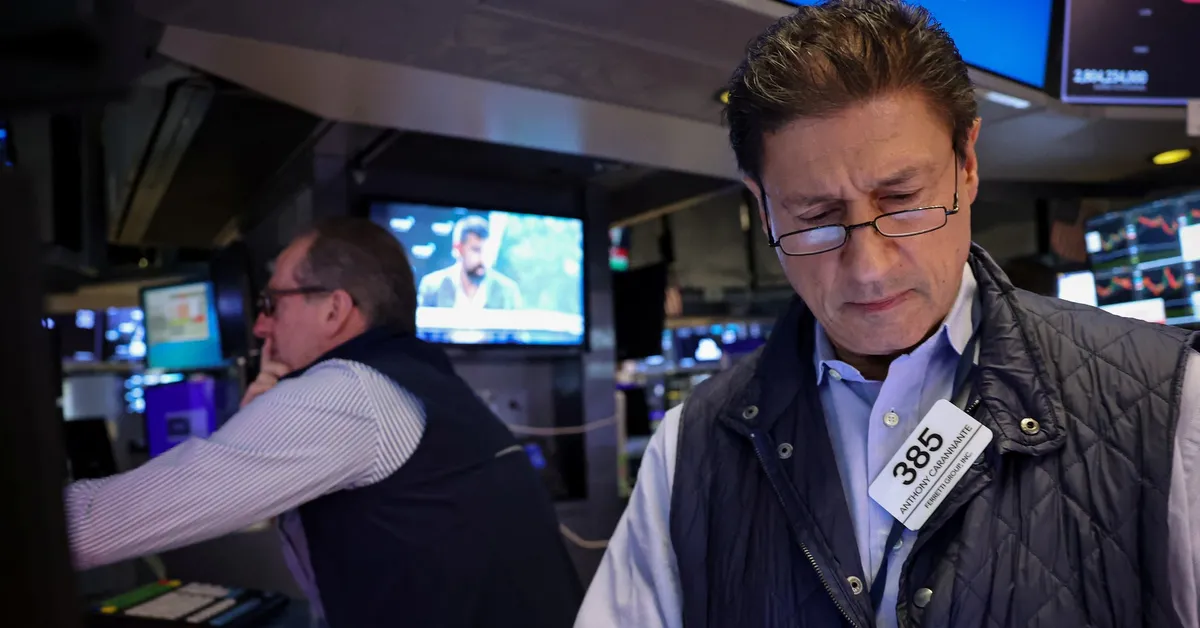
On May 13, the S&P 500 and the Nasdaq experienced slight increases as investors analyzed recent inflation data and its potential impact on monetary policy. This uptick followed a significant market rally triggered by a temporary reprieve in the ongoing U.S.-China trade tensions.
In April, U.S. consumer prices showed a moderate rebound, with the headline inflation rate increasing by 0.2% after a slight decline of 0.1% in March. Economists surveyed by Reuters had anticipated a more pronounced rise of 0.3% for the Consumer Price Index (CPI). Over the past year, the CPI has climbed 2.3%, down from a 2.4% increase noted in the previous 12-month period ending in March.
Jordan Rizzuto, chief investment officer at GammaRoad Capital Partners, commented on the current state of inflation expectations and monetary policy, stating, "We are very much in the same place that we were before the report came out." He indicated that the Federal Reserve is likely to maintain a cautious "wait-and-see mode" until more definitive signs of pricing pressures emerge from the new trade policies.
Traders are increasingly betting that the Federal Reserve will hold off on lowering interest rates until September, although there are still expectations for two cuts of 25 basis points by the end of the year. This week will feature remarks from a number of U.S. Federal Reserve officials, including Chair Jerome Powell, who is scheduled to speak on Thursday.
Monday's market rally saw major indexes on Wall Street surge, buoyed by a recent agreement between Washington and Beijing to ease stringent reciprocal tariffs. This agreement represents a collaborative effort to prevent a potential global economic downturn. Notably, the U.S. has decided to pause additional tariffs on Chinese imports from 30% to 145% for three months, while Chinese tariffs on U.S. imports will decrease from 10% to 125% during the same timeframe.
Following this tariff truce, Goldman Sachs became the first major brokerage to reduce its predicted probability of a U.S. recession. The three major indexes have notably recovered from losses incurred since April 2, also known as Liberation Day, when President Donald Trump announced extensive reciprocal tariffs.
The 90-day pause announced on April 9, alongside solid earnings reports and a limited trade agreement between the U.S. and the UK, has contributed to the recovery of the S&P 500 and the tech-heavy Nasdaq. On the New York Stock Exchange (NYSE), advancing issues surpassed declining ones with a ratio of 2.13-to-1, while on the Nasdaq, the ratio was 1.45-to-1. The S&P 500 recorded nine new 52-week highs and one new low, while the Nasdaq Composite saw 29 new highs and 22 new lows.
Reporting by Shashwat Chauhan and Pranav Kashyap in Bengaluru; Editing by Sherry Jacob-Phillips and Pooja Desai.